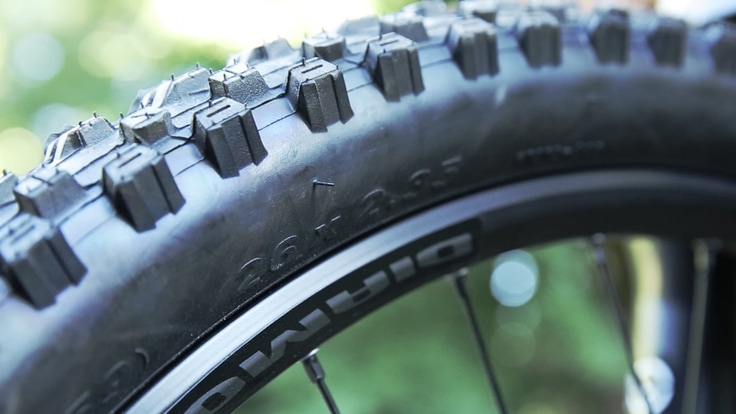If you have taken even a casual interest in mountain bikes over the past few years, you have probably heard of the trend to a bigger wheel size, the 29er. Extolled by many and detracted by a few, the verdict is now clear: Mountain bikes with 29-inch wheels are here to stay.
While claims that the traditional 26-inch mountain bike is headed for extinction may be premature, there is no doubt a large number of mountain-bike buyers who are voting for the 29er.
The Pros and Cons of Bigger Wheels
So what's the attraction? 29ers offer several big advantages over their smaller-wheeled siblings:
- Better momentum once rolling, meaning more progress for less effort and faster rolling over open terrain.
- A larger tire contact area on the trail, giving better traction and control when climbing or cornering.
- A higher "attack angle," meaning the wheels roll over trail obstacles with less impact, reducing fatigue and smoothing out the trail.
Riders report that a 29er gives a feeling of enhanced stability and control, decreasing the "sketchiness" of the riding experience. This means fewer on-trail panic attacks and more confidence and comfort.
Sounds great, but what are the downsides? The tradeoffs are minimal: a small weight penalty for the increased wheel mass and slightly slower initial acceleration from a stop. That's it!
Who Can Ride a 29er?
Many people can get a good fit on a 29er, but there are fewer sizing options for short riders (male or female). Why?
The main issue is the standover clearance. A 29er is often taller than a comparably sized 26-inch wheel mountain bike and may be too tall for smaller riders. Toe overlap with the larger wheel and an incorrect handlebar height are other potential concerns for shorter riders. Many 29ers are therefore available in medium, large and extra-large frames, with small frames and women's specific frames just starting to catch on.
If you are under 5'6" tall, a 26-inch mountain bike is still likely to be a better fit. If you're 5'6' or taller, you should be able to find a 29er model to fit you. Riders more than 6' tall can rejoice: You'll definitely enjoy a more natural riding position with the size and frame geometry of a 29er.
How to Shop for a 29er
Choosing a 29er is the same as selecting any bike: Know your riding intentions and how you want to use the bike.
Not all 29ers ride comparably. As with any category of bikes, some models are lighter, faster and nimbler than others. Some 29ers are designed for racers, others for weekend enthusiasts and still others for occasional riders who want one bike to serve a multitude of purposes. Check the product descriptions on REI.com for help with these specifics.
Currently, the most common 29-inch wheeled mountain bikes are hardtails (bikes with front suspension only). Full-suspension models are becoming increasingly common as suitable suspension and frame designs evolve.
If you are tempted to simply upgrade your existing bike, keep in mind that you would need more than bigger wheels. Unfortunately, 26-inch wheels and 29-inch wheels are not interchangeable on a frame, since frames and suspension are designed to accommodate a specific wheel size.
It's best to discuss brand and model options with a knowledgeable sales specialist (at REI or other specialty bike shops) to get an understanding of the relationship between bike quality, performance and price. Narrow your selection to 2 or 3 models and be sure to take a test ride to find out which one feels right.
REI offers a selection of 29er mountain bikes for the budget conscious (starting around $600) to the committed enthusiast ($2,000 and up). Brands represented include our own Co-op Cycles brand plus bikes from Cannondale, Ghost, Diamondback and Salsa. Note: Bike availability varies between REI stores and REI.com; some models may have sold out for the season.
